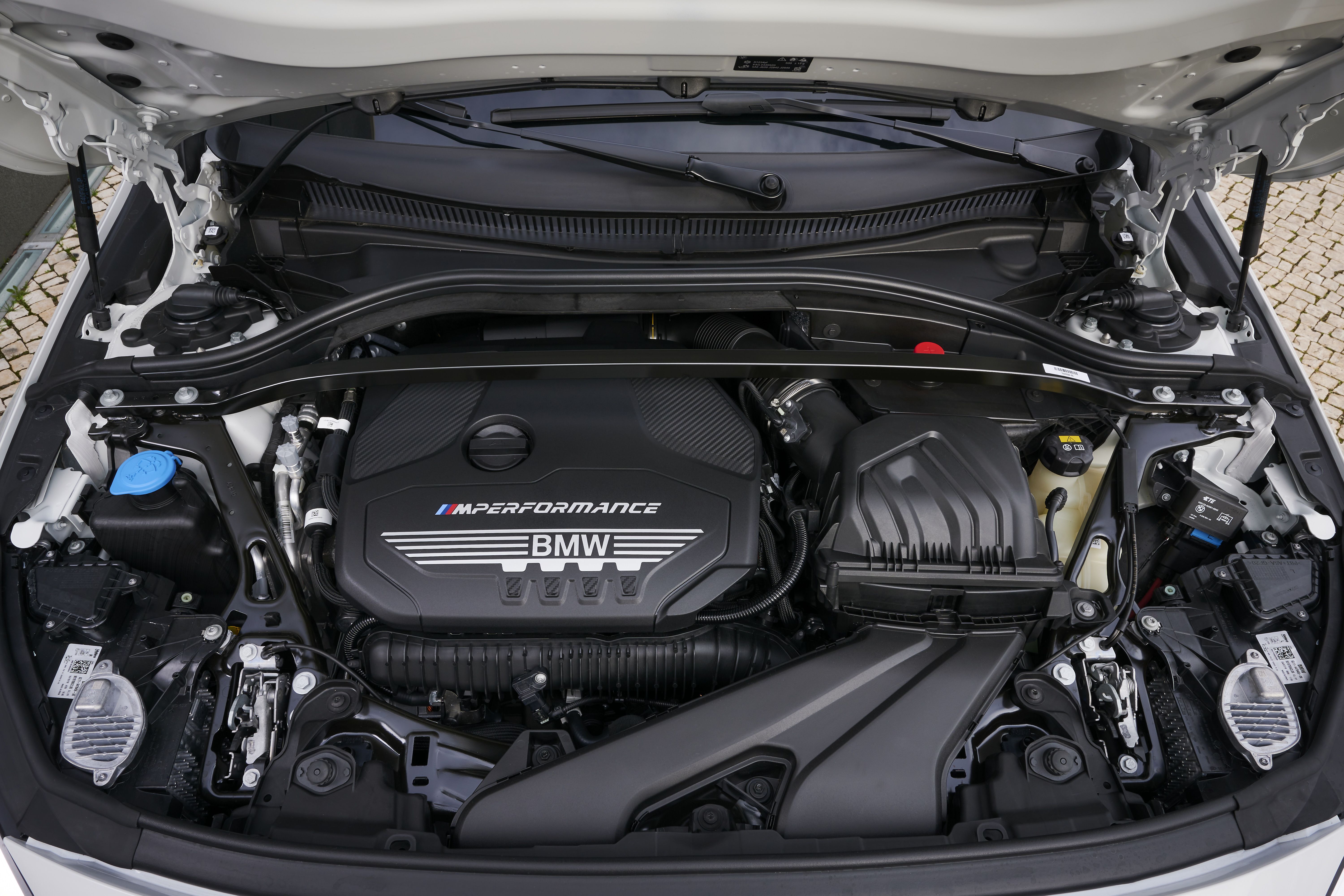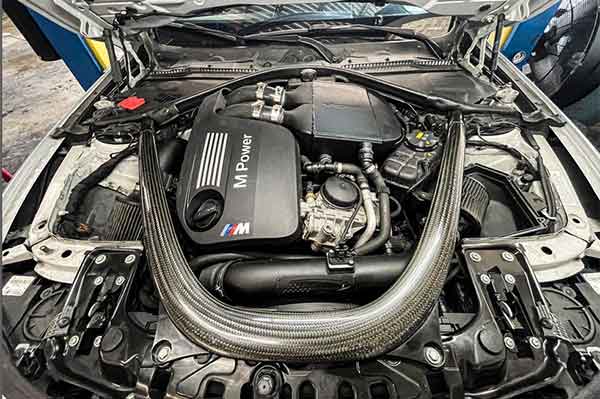Introducing the Secrets Behind the Power of the BMW Engine
Introducing the Secrets Behind the Power of the BMW Engine
Blog Article
Discovering the Evolution of Burning Engines in Modern Transportation Solutions
As we navigate the landscape of modern transportation, the advancement of combustion engines stands as a testament to human ingenuity and engineering expertise. From their humble beginnings to the advanced giants thrusting cars today, burning engines have gone through an impressive journey of technology and adaptation. Recognizing the intricacies of this advancement not just drops light on the past but also leads the means for imagining what exists ahead in the world of transportation technology. The interaction of history, modern technology, and environmental issues fit the trajectory of burning engines creates a story that is both informative and engaging.
Early Beginnings of Combustion Engines
Just how did the idea of combustion engines initial arise in the onset of transport development? When the principles of inner burning were very first explored, the origins of burning engines can be traced back to the 17th century. In 1673, Christian Huygens conceived a fundamental interior combustion engine that made use of gunpowder to produce power. It wasn't until the late 19th century that useful applications of burning engines in transport began to emerge.
The development minute came with the creation of the first effective gasoline-powered engine by Karl Benz in 1885 - bmw engine. This engine led the means for the advancement of the modern car, revolutionizing transportation systems worldwide. Subsequent advancements by Nikolaus Otto and Gottlieb Daimler even more fine-tuned burning engine modern technology, leading to the automation of automobiles and the rapid development of the transport industry
These very early combustion engines were identified by their simpleness and efficiency, laying the structure for the facility and effective engines used in contemporary transportation systems. The development of burning engines has actually contributed in shaping the means we take a trip and move products, marking a substantial milestone in the background of transport growth.
Change to Internal Burning Innovation
The transition to inner combustion technology noted a crucial shift in the evolution of transportation systems. This shift began in the late 19th century, with inventors like Nikolaus Otto and Gottlieb Daimler creating the first effective interior combustion engines. These engines reinvented transport by supplying an extra reliable and powerful choice to heavy steam engines and electric motors.
Among the key advantages of inner burning engines was their capacity to be scaled down to fit right into automobiles, bring about the growth of automobiles and motorcycles. This change from bulky, fixed engines to portable, mobile ones led the way for the modern transportation systems we see today.
The change to internal combustion modern technology likewise spurred developments in fuel innovation, leading to the advancement of fuel and diesel as key fuel resources for cars. This shift not only made transportation more easily accessible to the masses however likewise laid the structure for the oil and gas industry to come to be indispensable to global economic situations.
Effect of Combustion Engines on Transportation
The adoption of burning engines in transportation systems catalyzed an extensive shift in the effectiveness and rate of worldwide wheelchair. Burning engines transformed transportation by providing a reputable and flexible resource of power for numerous lorries, including automobiles, vehicles, ships, and aircrafts. This development significantly enhanced the ability for items and people to move over lengthy distances in shorter amount of time, leading to enhanced connection in between areas and countries.
Additionally, the extensive Extra resources usage of burning engines has had a considerable effect on financial advancement. The ability to carry items successfully has actually stimulated trade and business, permitting companies to straight from the source broaden their markets and get to customers worldwide. This has facilitated economic development and globalization, as products can currently be transferred much faster and in larger quantities than in the past.
However, the ecological impact of combustion engines can not be neglected. The combustion of nonrenewable fuel sources has caused air pollution and greenhouse gas exhausts, contributing to environment modification and posturing health and wellness risks to populaces. bmw engine. Therefore, there is a growing emphasis on establishing different propulsion modern technologies to minimize these negative impacts and produce a much more sustainable future for transport
Developments in Combustion Engine Style
One noteworthy innovation is the development of turbocharged engines, which use exhaust gases to drive a generator that presses incoming air, enabling for even more fuel to be scorched, resulting in increased power result without a substantial increase in engine dimension. Variable shutoff timing systems have additionally reinvented engine layout by enhancing airflow at various engine rates, enhancing both power and efficiency. These innovations collectively add to the continual renovation of burning engines in modern transportation systems.
Future Trends in Burning Engine Development
With technology improvements driving continuous innovation, the future of burning engine advancement is positioned to change transport systems internationally. One of the crucial patterns in burning engine growth is the press in the direction of better performance and minimized discharges. Manufacturers are spending heavily in r & d to improve engine efficiency while meeting rigorous ecological guidelines. This includes the assimilation of sophisticated fuel shot systems, enhanced turbocharging methods, and making use of light-weight materials to enhance gas intake and lower carbon discharges.
Another famous trend is the fostering of hybrid technologies in burning engines. Hybrid engines incorporate typical combustion modern technology with electrical power, offering enhanced gas performance and reduced exhausts. As the automotive market changes in the direction of electrification, hybrid combustion engines are seen as a transitional service that bridges the space between conventional automobiles and totally electrical ones.
In addition, the assimilation of clever innovations, such as expert system and look at these guys data analytics, is expected to play a significant role in the future of combustion engine advancement. These technologies can enhance engine efficiency in real-time, causing more effective burning processes and boosted general lorry performance. Accepting these future trends will certainly not just drive development in burning engine advancement yet likewise add to an extra environmentally pleasant and sustainable transport environment.

Conclusion
In verdict, the advancement of combustion engines in modern-day transport systems has actually been marked by significant innovations in technology and design. From the very early starts of burning engines to the change to inner combustion technology, these engines have actually had a profound influence on transportation. Innovations in burning engine design remain to drive progress in this field, with future trends concentrating on more improving efficiency and minimizing discharges. The future of combustion engines in transportation looks appealing as r & d efforts remain to press boundaries.
The origins of combustion engines can be mapped back to the 17th century when the principles of internal burning were first discovered. These engines revolutionized transport by supplying a much more powerful and efficient choice to steam engines and electric motors.

Report this page